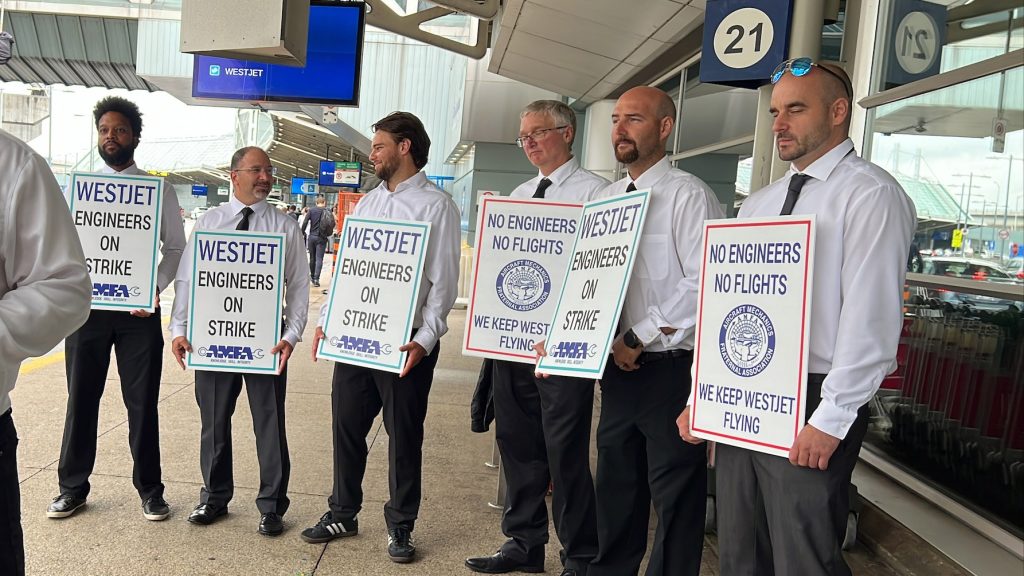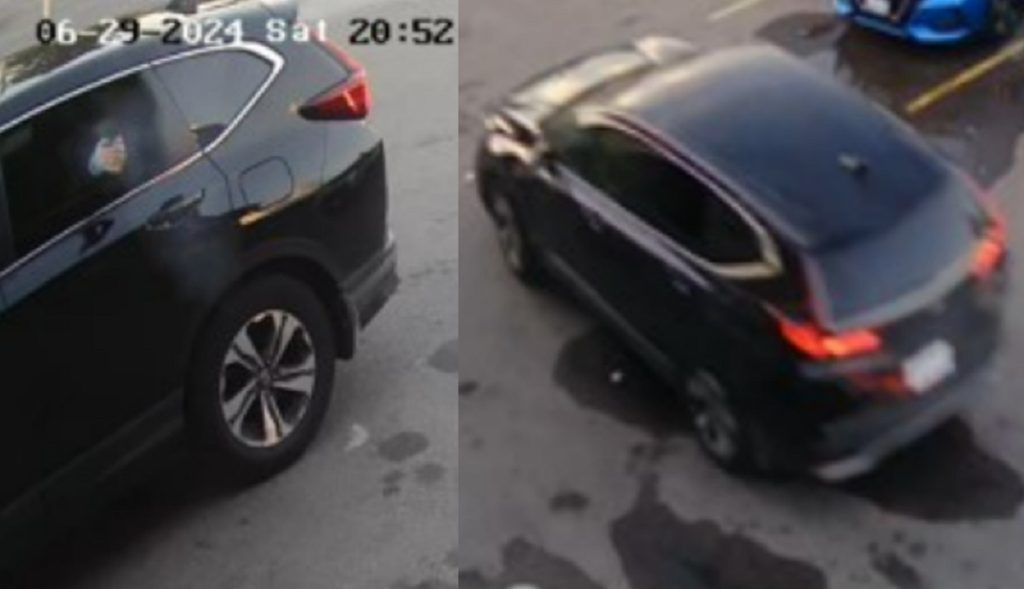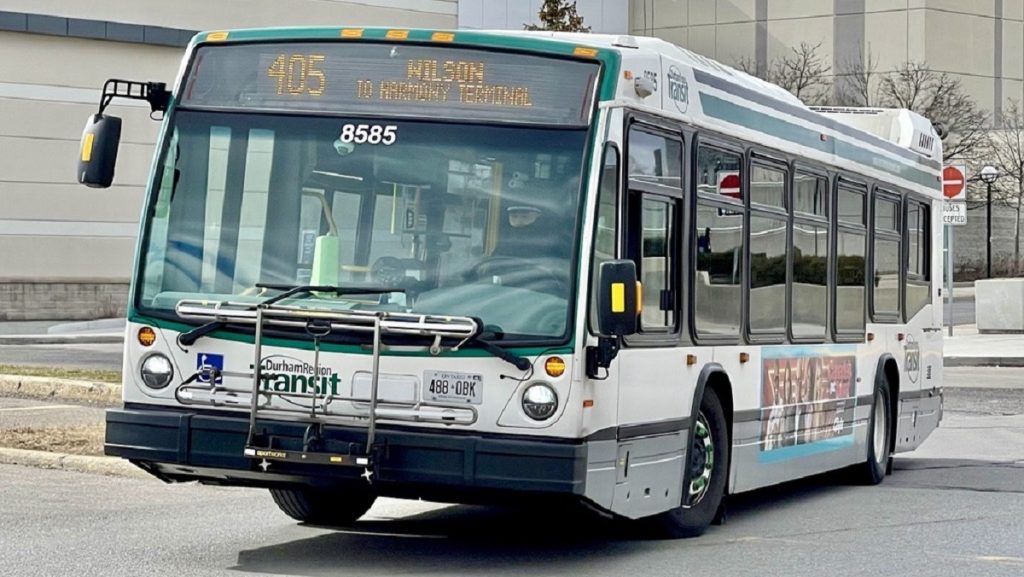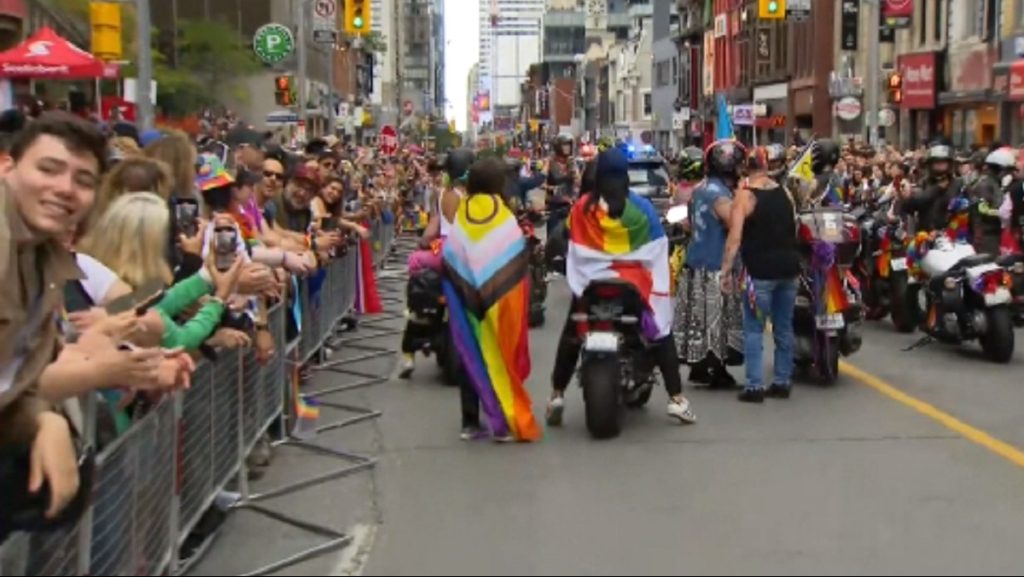Why The Traffic Light Ahead Of You Always Turns Red
Posted November 17, 2006 12:00 pm.
This article is more than 5 years old.
If you’ve driven anywhere in Toronto, you’ve likely asked yourself the question thousands of motorists have been wondering for years: in a city with this much gridlock and traffic trauma, why in the world can’t they ever synchronize the lights?
It turns out that in some cases, they actually do.
Some Toronto intersections use a technology known as SCOOT – short for Split, Cycle and Offset Optimization Technique. It’s a sophisticated program that is not only able to measure the ebb and flow of traffic, but even factor in accidents or stalled cars, so that lights at major intersections are adjusted accordingly.
It’s able to respond by the second or the time of day, which is why the lights stay red longer at some parts of the morning or afternoon than they do at other times.
Toronto has had it in place at some selected corners since 1992, joining other large cities worldwide, including London, Santiago, Chile and Beijing.
So why haven’t you noticed it? Unlike those other big cities, the system isn’t citywide, being used in only about 30 spots.
So if you’re not at the intersections where it’s installed, you’re at the mercy of some bad timing.
At least one expert thinks we can’t wait to change that.
“Toronto obviously is one of the worst in Canada in terms of terms of traffic flows and congestion,” suggests U. of T. professor Bahir Abdulhai. “We’re not as bad as California or Manhattan, but we are playing in the big leagues of congested cities.”
Studies show the system works, cutting congestion, delays, pollution and even accidents by considerable margins. So what’s the problem with implementing it across all our congested roadways?
As usual, it all comes down to money. SCOOT costs a cool $20,000 for each intersection. And the city claims with almost 1,900 signalized corners involved, there’s simply no way they can afford to put one everywhere.
“We have to balance repair of the roads against innovations that can improve the traffic on the roads,” notes Shelley Carroll of the City Works Committee.
She wants to see developers pay for the new systems, even though it’s the city that approves their projects.
So for now, unless you’re at those lucky few places, you’ll be starting your stopping just as often as ever – until they come up with the loot for more SCOOT.
Where are those special intersections? Here’s the list:
Lakeshore East from the Don Roadway to Windermere Ave.
Black Creek Drive from Lawrence to Weston
The Queensway from The West Mall to Colborne Lodge
Bayview from Steeles to Moore Ave.
Eglinton East from Leslie to Cedar Rd.
Don Mills Road from Steeles to Overlea Blvd.
Dundas from Neilson to Aukland Rd.
Steeles from Yonge to Kennedy Rd.
Yonge from Steeles to Mill St.
Avenue Road from 401 westbound off ramp to Chaplin Cr.
Bloor St. from Avenue Road to Castle Frank Rd.
Eglinton West from Royal York to Hwy. 27
Lawrence W. from Bolingroke Road to Shermount Ave.
Sheppard Ave. Cluster
Beecroft Road and Sheppard Ave.
Yonge and Sheppard Ave.
Doris and Sheppard Ave.
Bayview and Sheppard Ave.
Barberry Place and Sheppard Ave.
Hawksbury Dr. and Sheppard Ave.
Don Mills and Sheppard Ave.
Parkway Forest Drive and Sheppard Ave.
D.V.P. West Ramp and Sheppard Ave.
404 Ramp and Sheppard Ave.
Downtown Core
Bay St.
Church St.
Charles St.
Davenport Rd.
Grosvenor St.
Isabella St.
Jarvis St.
Sherbourne St.
Wellesley St.
How much of a difference does SCOOT make? According to a Toronto study, here’s the impact:
- Traffic Flow Speeds: Increased 3% to 16%
- Left Turn Violations: Reduced 71%
- Rear-end Conflicts: Reduced 24%
- Ramp Queues: Reduced 14%
- Intersection Stop: Reduced 18% to 29%
- Intersection Delays: Reduced 10% to 42%
- Left Turn Delays: Reduced 0% to 35%
- Vehicle Delay: Reduced 6% to 26%
- Vehicle Stops: Reduced 10% to 31%
- Vehicle Travel Time: Reduced 6% to 11%
- Pollution Emissions: Reduced 3% to 6%
- Fuel Consumption: Reduced 4% to 7%
Transit Effects
Travel Time
- In the AM peak period, round trip transit travel time was reduced by 34 seconds (2%)
- In the midday period, round trip transit travel time was reduced by 84 seconds (6%)
- In the PM peak period, round trip transit travel time was reduced by 69 seconds (4%)
Signal Delay
- In the AM peak period, round trip transit signal delay was reduced by 61 seconds (30%)
- In the mid-day period, round trip transit signal delay was reduced by 74 seconds (40%)
- In the PM peak period, round trip transit signal delay was reduced by 79 seconds (37%)
Courtesy: Intelligence Transportation Systems








